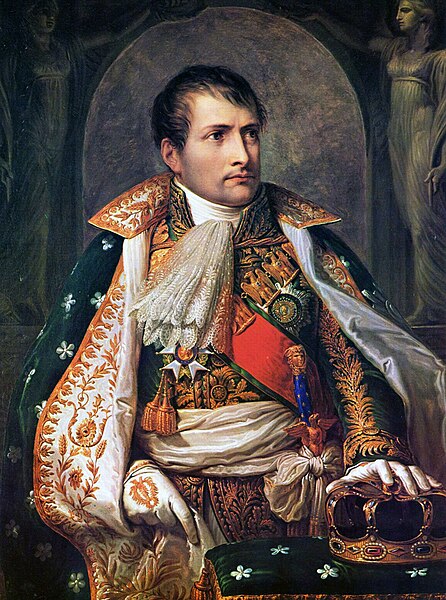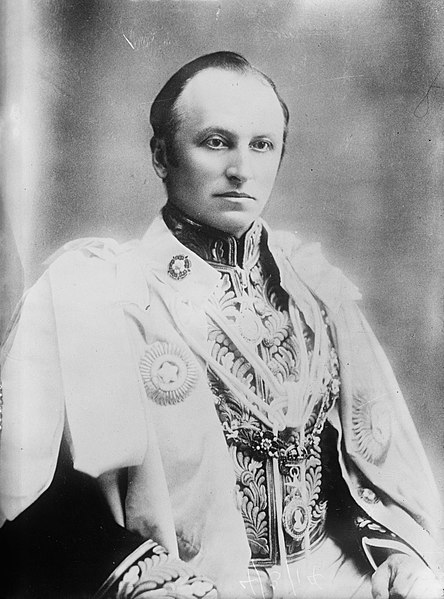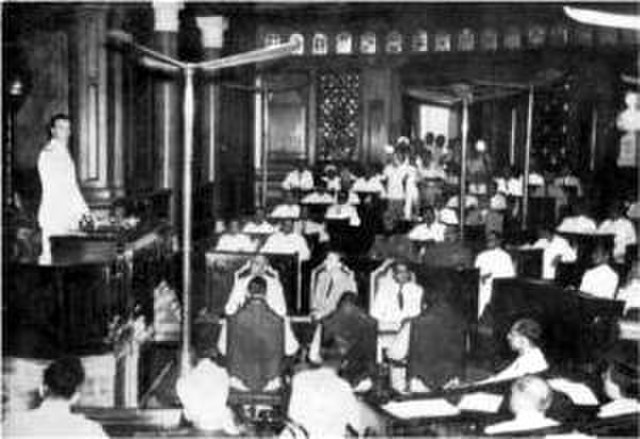Lieutenant General Lord William Henry Cavendish-Bentinck, known as Lord William Bentinck, was a British soldier and statesman who served as the governor of Fort William (Bengal) from 1828 to 1834 and the first Governor-General of India from 1834 to 1835. He has been credited for significant social and educational reforms in India, including abolishing sati, forbidding women to witness the cremations on the ghats of Varanasi, suppressing female infanticide and human sacrifice. Bentinck said, "the dreadful responsibility hanging over his head in this world and the next, if… he was to consent to the continuance of this practice (sati) one moment longer." Bentinck after consultation with the army and officials passed the Bengal Sati Regulation, 1829. The challenge came from the Dharma Sabha which appealed in the Privy Council, however the ban on Sati was upheld. He reduced lawlessness by eliminating thuggee – which had existed for over 450 years – with the aid of his chief captain, William Henry Sleeman. Along with Thomas Babington Macaulay he introduced English as the language of instruction in India. Mysore was annexed under his presidency.

Elisa Bonaparte; whom Bentinck would not countenance retaining the Principality of Lucca and Piombino, first granted to her by Napoleon in 1805.
Territory of the Grand Duchy of Tuscany in 1796
Portrait of Napoleon as King of Italy. He renounced the Italian throne, along with the French, on 11 April 1814.
Lady William Cavendish-Bentinck (c 1783–1843) (Ellen Sharples)
Governor-General of India
The Governor-General of India was the representative of the monarch of the United Kingdom in their capacity as the Emperor/Empress of India and after Indian independence in 1947, the representative of the Monarch of India. The office was created in 1773, with the title of Governor-General of the Presidency of Fort William. The officer had direct control only over his presidency but supervised other East India Company officials in India. Complete authority over all of British territory in the Indian subcontinent was granted in 1833, and the official came to be known as the "Governor-General of India".
Warren Hastings, the first governor-general of Fort William from 1773 to 1785.
Lord Curzon in his robes as viceroy of India, a post he held from 1899 to 1905.
Lord Mountbatten addressing the Chamber of Princes as Crown Representative in the 1940s
The Viceregal Lodge in Simla, built in 1888, was the summer residence of the viceroy of India








